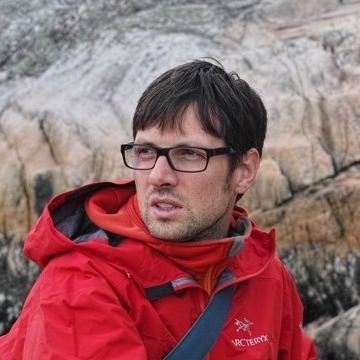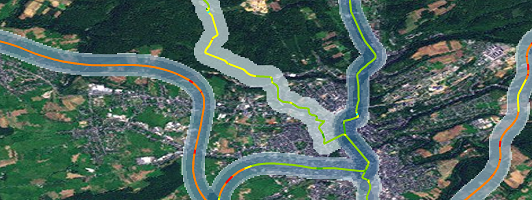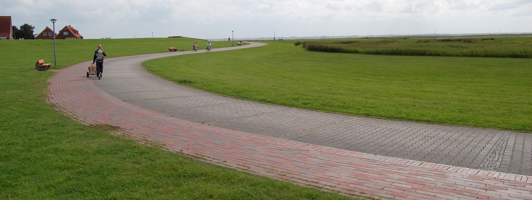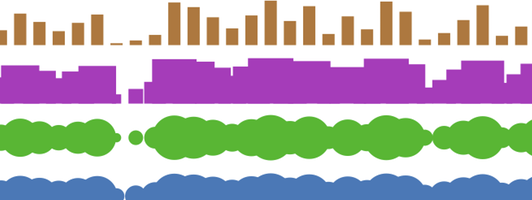How to lie with Charts
Charts, are a regular component of maps. Just like maps, subtle changes can distort the message that the data has. While maps must lie, by distorting space/scale, charts need not. Yet incomprehension, bias and desire to 'jazz-up' charts usually leads to false 'statements'.

If you’ve never read How to Lie with Maps by Mark Monmonier, now is the time. Since reading this book I have kept an eye out for examples of lying maps and charts. I am often rewarded with examples such as this:







